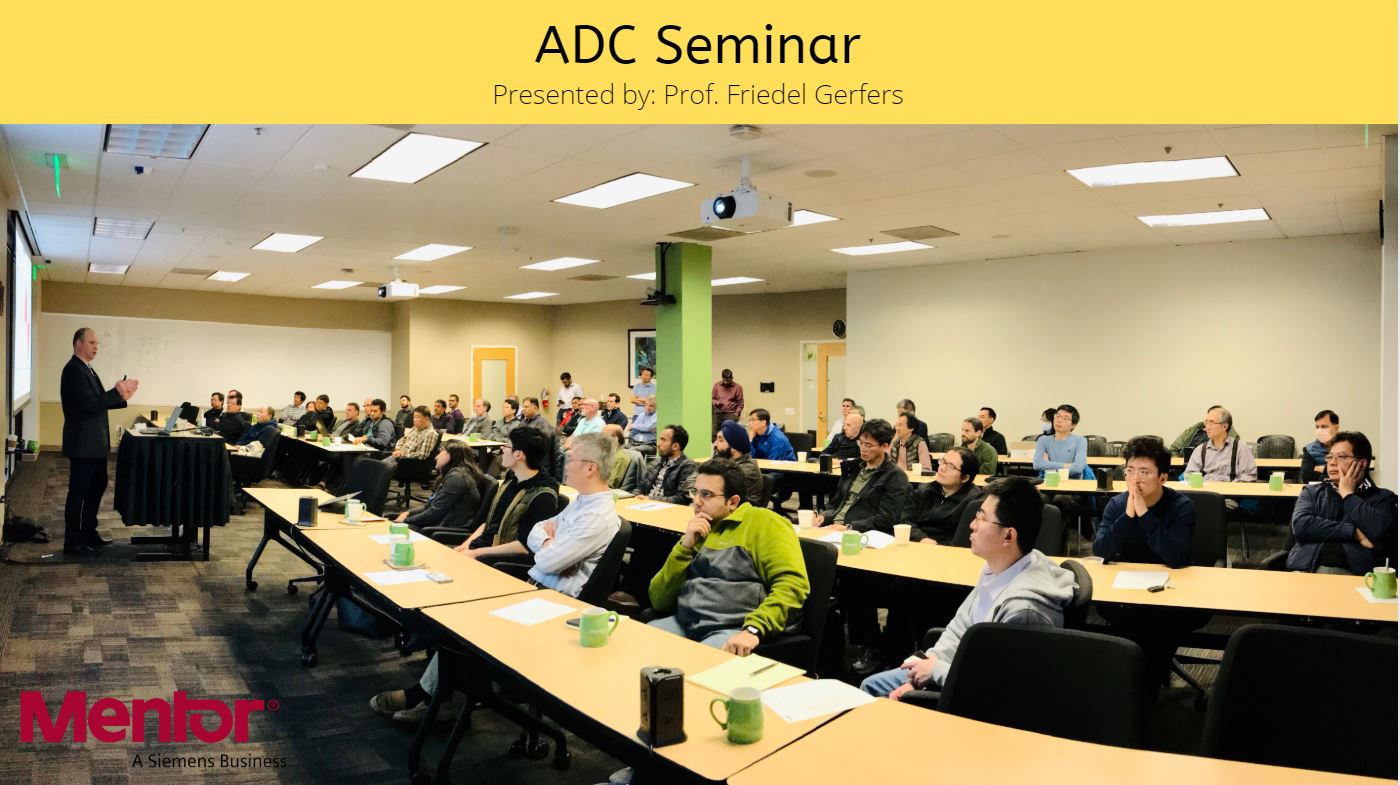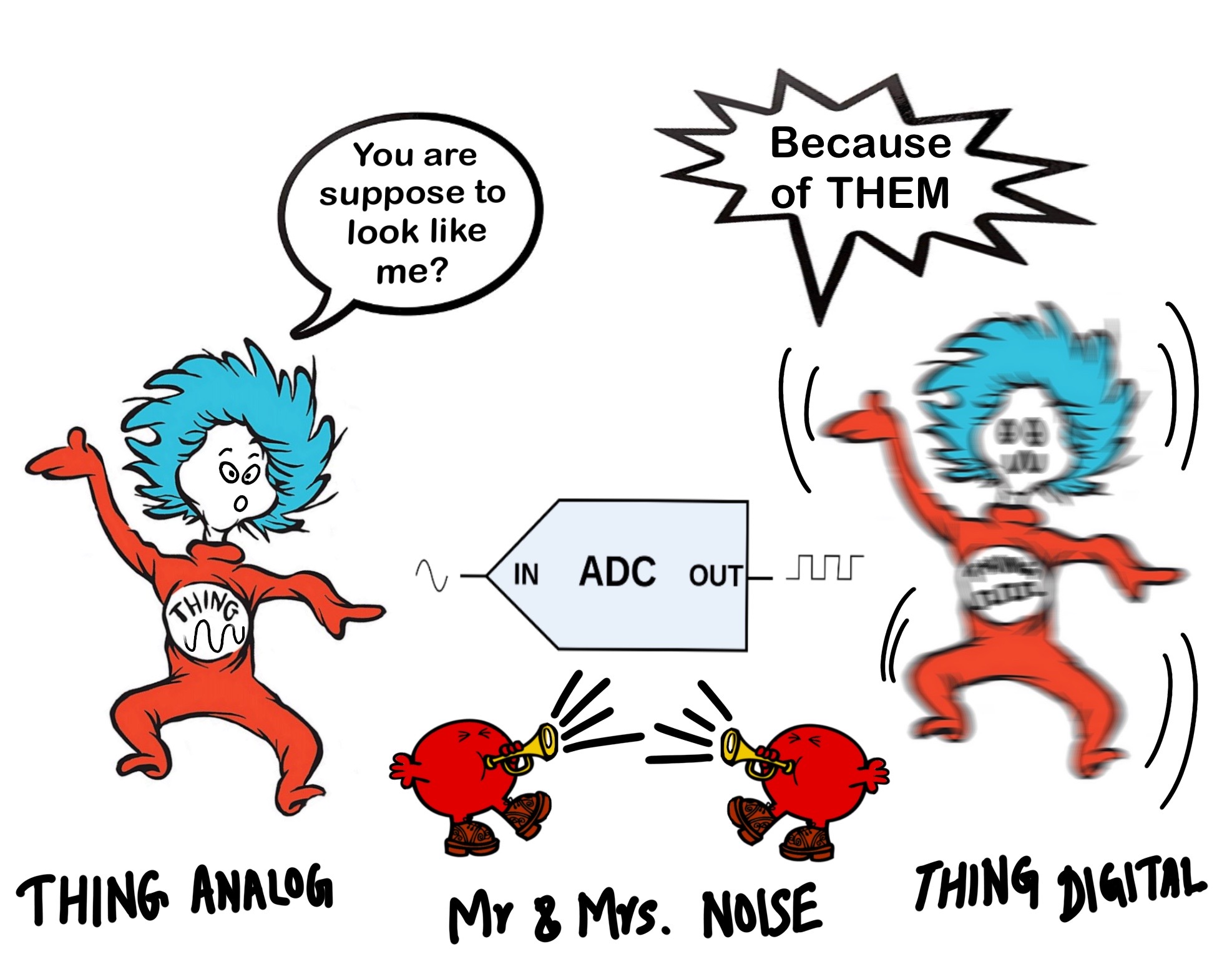Beyond the ABCs of ADCs

Technology companies are racing to build machines like humans. The expectation from these machines is to sense real-world analog data such as voice, touch, vibration, temperature, and pressure and instantly respond just like humans do. While biological receptor systems of human sensory organs is still a topic of research, machine receptor system, is well understood and require a high-speed, high-resolution Analog Digital Convertors that can convert the continuous-time analog sensor inputs to discrete digital signals.
ADCs are critical pieces of today’s mixed-signal ICs. The accuracy of analog to digital conversion is limited by ‘quantization noise’ and ‘thermal noise’. While the quantization noise originates from the rounding error of the quantization phase, the thermal noise is primarily the intrinsic device noise of the active and passive elements.

It is critical to understand noise because noise sets the minimum signal that we can “detect” from a sensor. It is extremely important for analog designers to understand the sources of noise and its effect on the analog-to-digital conversion. Noise becomes even more critical as technology scaling is lowering the signal swing which can result in noise levels greater than the input signals making the ADC practically useless for all purposes.
Last week we had an informative ADC Design and Verification seminar at Mentor Fremont office presented by Prof. Friedel Gerfers, chair of Mixed-Signal Circuit Design, Berlin Institute of Technology, Germany. The event was well attended by analog and mixed-signal design and verification engineers from Silicon Valley. Dr. Gerfers, who has previously worked with Philips, Intel, and IDT, discussed various important topics of Analog Digital Convertor design and verification.
The first half of the seminar covered the fundamentals of noise and its impact on circuit design. Dr. Gerfers discussed noise contributors and noise analysis of switch-cap circuits, sampled comparators, and DACs. The second half of the seminar focused on the architecture and building blocks of pipeline ADC, simulation setups and techniques for the analysis, optimization, and characterization of each of these blocks and the impact of simulator parameters (like reltol, strobe period, tstep, fmin, simulation length) on the accuracy/uncertainty of simulation.
If you missed attending this event, you can still learn about ADC design and verification from this whitepaper written by Dr. Friedel Gerfers. Additionally, if you want to learn about Mentor’s AFS device noise analysis, watch this webinar presented by Prof. Boris Murmann from Stanford University.
Here are some snippets from the Seminar